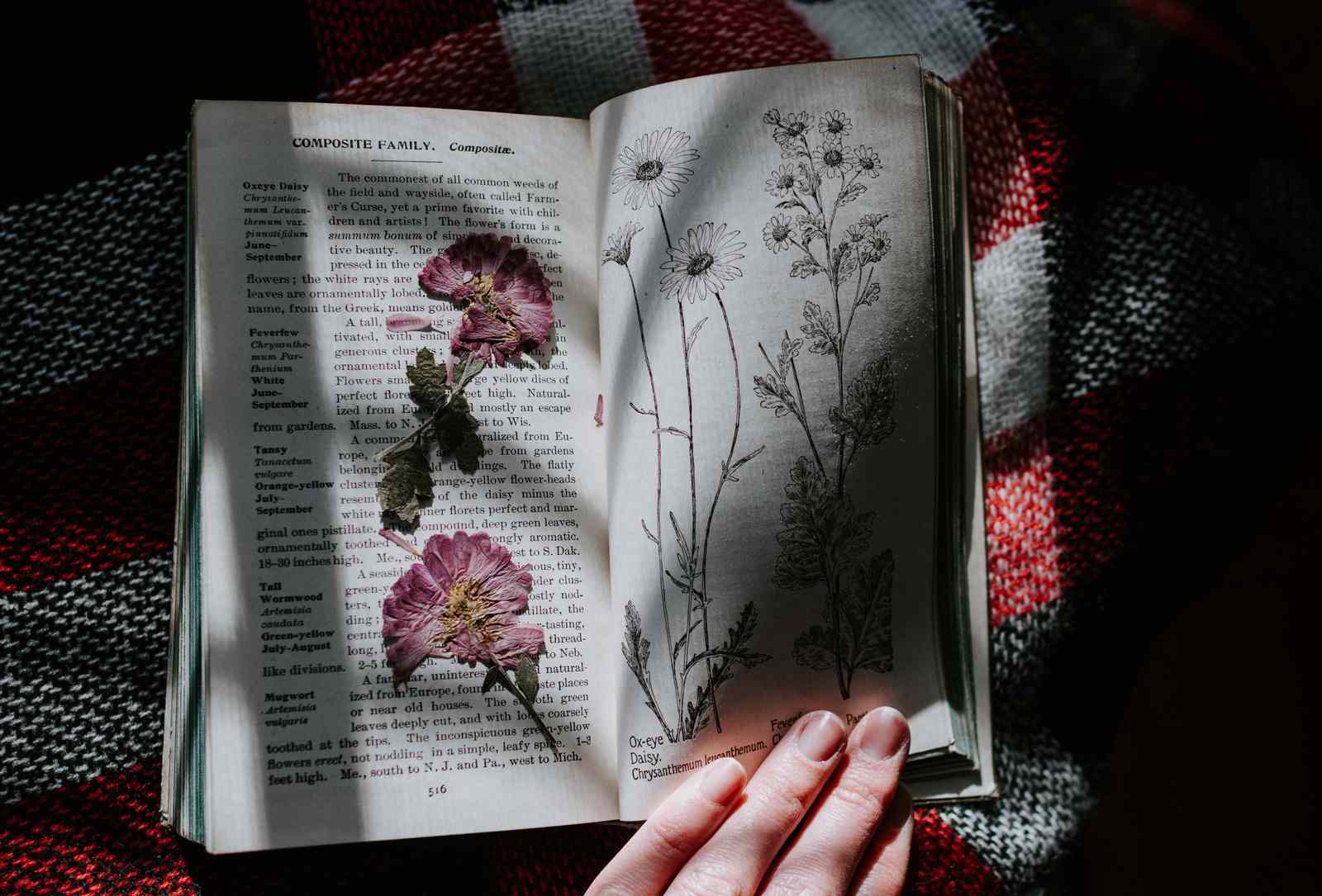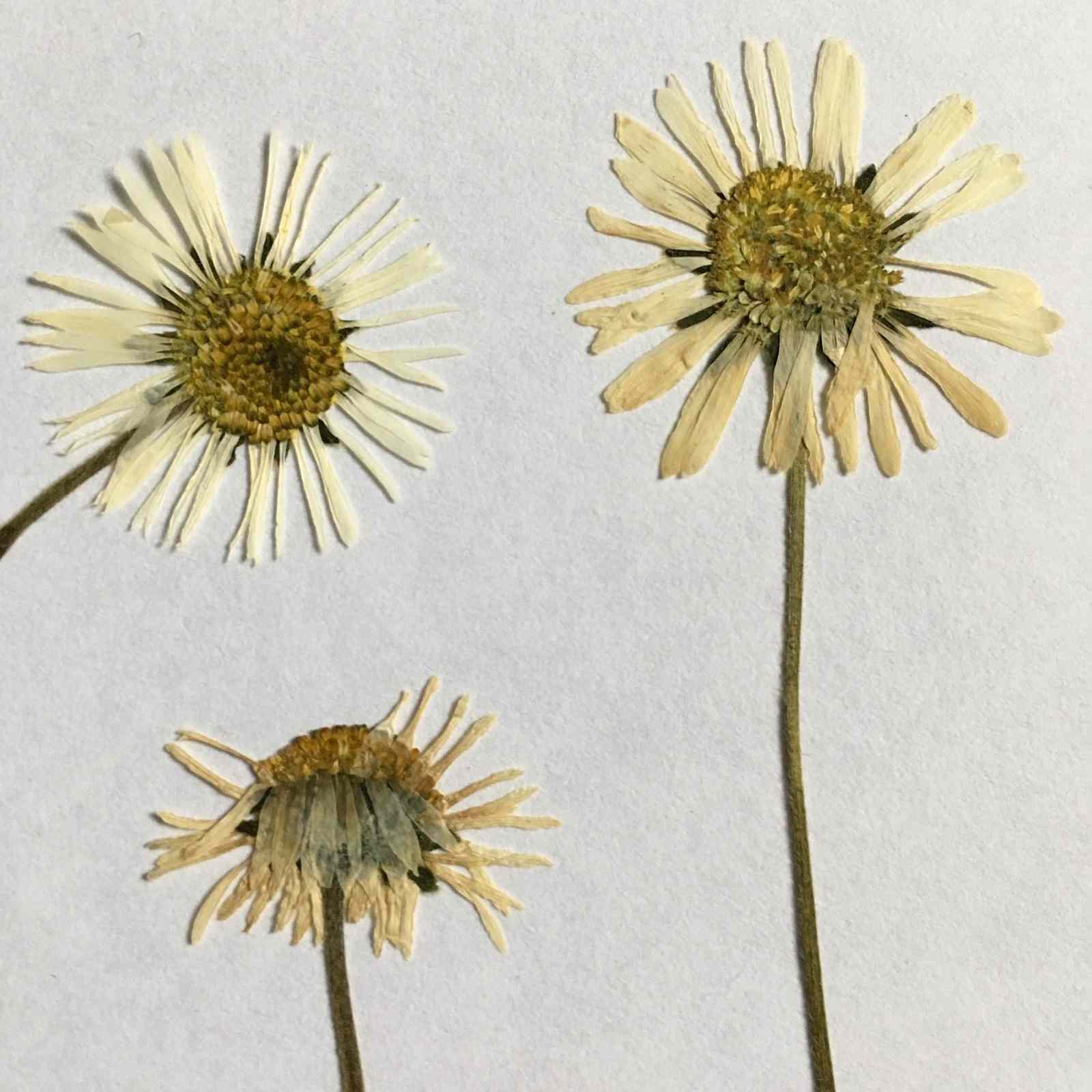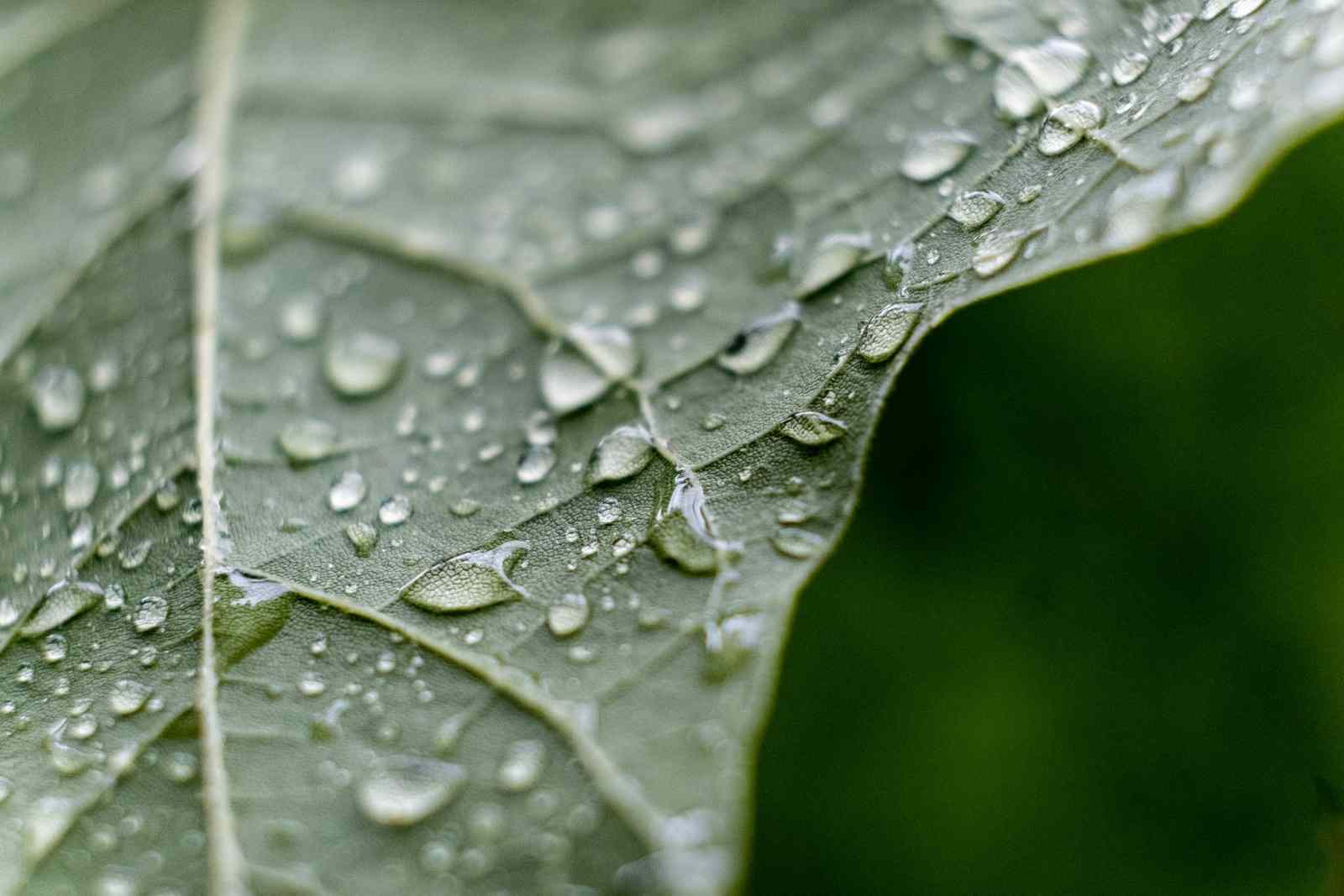Published May 7, 2020
Pressing wildflowers is fun, easy, and free–plus it’s a great reason to get outside and enjoy the natural beauty springing up around us.
Wildflowers are hearty little wonders that can grow almost anywhere. Some of the most gorgeous wildflowers grow by the water, but you’ll also find plenty right in your own neighbourhood, backyard, local park, or even in a roadside ditch or parking lot.
Pressing flowers brings you closer to nature by helping you notice the cheerful colours just underfoot. And with Mother's Day around the corner, you can use your pressed flowers in greeting cards or jewelry to spread the cheer with those you love.

Did you know that without water, there would be no wildflowers in the Great Lakes region?
Water is what allows flowers to grow. At the same time, they filter the water they absorb, improving the quality. They even help prevent erosion and provide food for animals, nectar for bees, and nutrients and shelter for insects.
Did You Know?
Click here to jump to the bottom of this tutorial for an easy experiment you can try at home to observe how water moves through a flower.
When you’re picking wildflowers, make sure that you’re being respectful of your surroundings. Never take flowers from other people’s property or from the displays in parks. Be careful not to step on other plants and only take what you’re sure you’ll use.

Once you’ve gathered your flowers, you’re ready to get pressing!
Here’s what you’ll need to press wildflowers:
- A few large, heavy books
- Scrap paper (optional, for if you want to protect the pages of your books from moisture)
- Tweezers (optional, but they’ll make moving the flowers a whole lot easier)
Tips for pressing flowers:
- Dry flowers will press better than damp flowers, so harvest flowers on dry days, preferably in the afternoon once the morning dew has dried.
- Daintier flowers (like baby’s breath or forget-me-nots will press faster and better than bulkier flowers (like black-eyed Susans or coneflowers). If you’d like to press a more robust flower, you may want to cut it in half and press each half individually to get the best results.
- The pages of the book you use for pressing flowers may get stained or wrinkled, so use an old book that you don’t care about.
- Leaves press just as beautifully as flowers, and they can add greenery to your design.

Step 1
Line the pages of the book with folded scrap paper to absorb the moisture from the flowers if you want to keep the books clean.
Lay your flowers out between the pages of a book so that they aren’t touching. Ensure that the petals, leaves, and stems are laid out in the way that you want them to be when dried.

Step 2
Carefully close the book, then stack a few more books or heavy objects on top of it.
Some flowers take more time to press than others. Depending on the size and thickness of the flowers, it may take as little as a few days or as many as a few weeks for the flowers to completely flatten and dry out.
Dainty flowers may press in only a few days, but bulkier flowers may take at least two weeks, ideally three or four. If your flowers do not feel dry and ‘papery’ after a few weeks, change the paper and put them back for another week.

Step 3
When the flowers are fully dry and flat, carefully remove them by their stems. Using tweezers will make it easiest to move the flowers and will prevent damage.
Now it’s time to get creative!
You can display your pressed flowers in frames, jewelry, or greeting cards. Greeting cards are the easiest way to get comfortable using pressed flowers and sharing your creations and the natural beauty around you with others.

Try this easy experiment at home to observe how water moves through a flower:
Here’s what you’ll need:
- A white flower (like a carnation or a daisy)
- A sharp knife
- Two straight tall cups or vases
- Water
- Food colouring

Steps:
Step 1: Fill the cups or vases with water. Put a few drops of food colouring into one of them. Use enough so that the colour is fairly dark.
Step 2: Cut the bottom of the stem at an angle (you may need a parent or guardian to help).
Step 3: Put the flower into the coloured water.
Step 4: Write down your hypotheses. What do you think will happen to the flower? Will the food colouring in the water have any effect?
Tip: Remember how the water travels through the flower, delivering nutrients to its different parts.
Step 5: Wait at least a few hours to a few days and see what happens to the petals of the flower.

What happened to the flower? Did the flower change colour? Why?
To understand why the flower took on the colour of the water, we first need to understand how water moves through a flower. To understand that, need to understand how water molecules behave.
Water molecules stick to other water molecules. This attraction is called cohesion. Water also sticks to other surfaces. This attraction is called adhesion.
Flowers are full of tiny tubes called capillaries. Water travels through these capillaries, moving up the flower’s stem and to its leaves. The "veins" that you see in a leaf are capillaries, just like the veins in your body!

Next, a process called transpiration takes over. This is when water evaporates from a flower’s leaves, buds, and petals (similar to how we sweat). The water molecules leaving the flower stick to other water molecules, pulling them up the flower’s stem. This is a continuous cycle called capillary action, and it’s made possible by water’s cohesion and adhesion.
This experiment shows us how water is absorbed by plants and how it moves through them. In this experiment, the food colouring added to the water was non-toxic.
But what happens when water is contaminated with something dangerous instead of just food colouring?
Water can be polluted by many different things, such as sewage, agricultural or storm water runoff, burning fossil fuels, or industrial factories. All the water on our planet moves through the water cycle. This means that beyond harming aquatic ecosystems, water pollution can have effects on land as well.

Water pollution can harm plants by altering the acidity of the soil plants grow in. In some cases, plants can absorb harmful chemicals which can be passed on to the animals or people who eat them.
Water is everywhere, even if you can't see it. It’s flowing through every blade of grass, every flower, and every tree. It’s consumed by every bug, bird, and squirrel. You can even find the Great Lakes in your own home.
Even if you’re not standing by the water, the water is near you.
